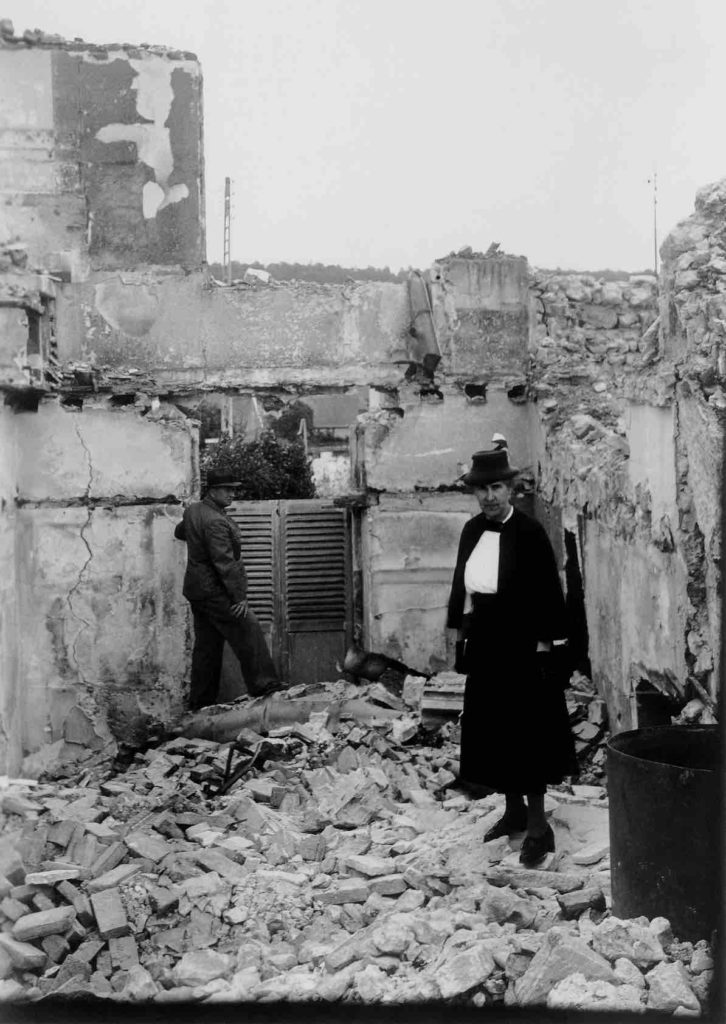So far, 2021 has not been an easy year for many of us. You, too, might have started the year with quite high hopes as the vaccination campaigns started in many countries, promising an end to ever extending lockdowns. Yet, such hopes came too early in various countries, leaving us instead to experience seemingly never-ending physical distancing and continuing working at kitchen tables or in bedrooms. Some of us might have experienced – or still suffer from – a phenomenon termed ‘brain fog’[1] or ‘languishing’[2]. We at imageandpeace.com continued to be forced to spend even more time in front of our computers, developing some sort of ‘zoom fatigue’. All these things have also not passed us going unnoticed. Although we managed to publish regular blog posts, imageandpeace.com has become somewhat quieter in 2021 with emphasis put on more traditional academic work in terms of reading, thinking, writing (not necessarily in this order).

